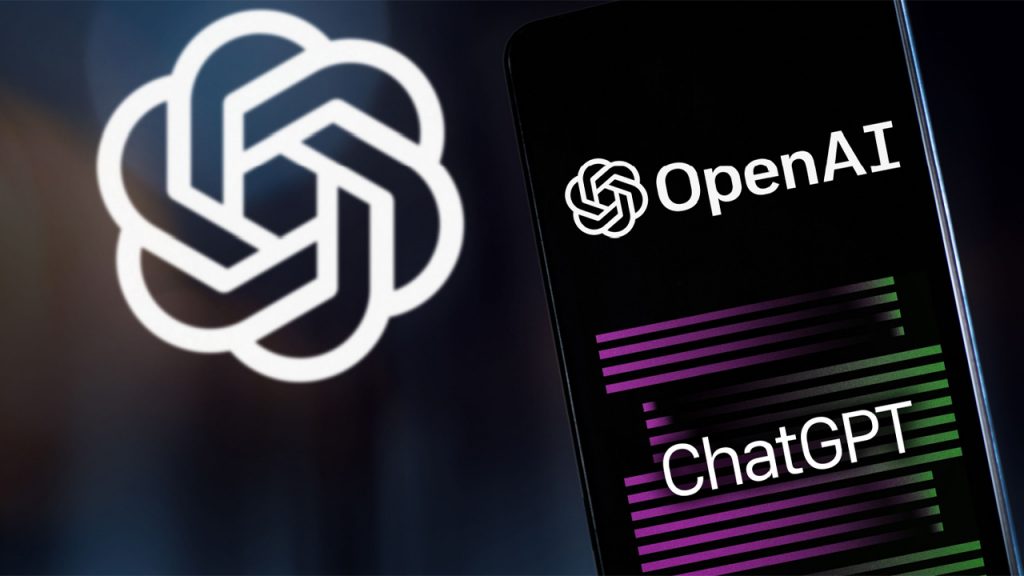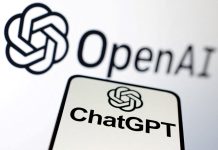OpenAI, creator of ChatGPT and some other popular artificial intelligence, has announced the release of its latest AI model, the GPT-4. The company claims that this new AI model is a significant milestone in its deep learning research and that can outperform humans in many area. According to OpenAI, GPT-4 exhibits “human-level performance on various professional and academic benchmarks.” Here are the details…
OpenAI Unveils GPT-4, A Deep Learning Model That Outperforms Humans In Exams
According to OpenAI, GPT-4 is capable of passing a simulated bar exam in the top 10% of test takers, while its predecessor, GPT-3.5 (the basis of ChatGPT), only scored around the bottom 10%. GPT-4 also performed well on various other exams, like the SAT Math test (scoring 700 out of 800). However, it scored only 2 on the AP English Language and Composition exam (14th to 44th percentile).

It’s important to note that GPT-4 is a regurgitation engine that draws upon material it was trained on to address a query. Although it may recall details for exams, its accuracy can vary. OpenAI CEO Sam Altman acknowledged that GPT-4 is still flawed and limited, and may seem more impressive on first use than after spending more time with it.
GPT-4 is a large multimodal model designed to accept queries via text and image inputs, with answers returned in text. It is being made available initially via the wait-listed GPT-4 API and to ChatGPT Plus subscribers in a text-only capacity, as image-based input is still being refined. Despite the addition of a visual input mechanism, OpenAI is not being open about or providing visibility into the making of its model. The company has chosen not to release details about its size, how it was trained, nor what data went into the process.
In a live stream on YouTube, Greg Brockman, president and co-founder of OpenAI, demonstrated the difference between GPT-4 and GPT-3.5 by asking the models to summarize the OpenAI GPT-4 blog post in a single sentence where every word begins with the letter “G.” GPT-3.5 did not try, while GPT-4 returned “GPT-4 generates ground-breaking, grandiose gains, greatly galvanizing generalized AI goals.”
Brockman also had GPT-4 generate the Python code for a Discord bot, as well as HTML and JavaScript code for a hand-drawn mockup of a jokes website sent to Discord. Finally, Brockman set up GPT-4 to analyze 16 pages of US tax code to return the standard deduction for a couple, Alice and Bob, with specific financial circumstances. OpenAI’s model responded with the correct answer and an explanation of the calculations involved.
While GPT-4 is an impressive achievement, its development raises concerns about the lack of transparency and potential consequences of large-scale models like GPT-4.
RELATED:
- Best Ergonomic Mouse 2023: Logitech, Microsoft & More
- Upcoming Smartphones in March 2023: Redmi, Poco, Oppo, Huawei, and More
- Google is Integrating ChatGPT-like AI Features into Docs, Slides, Sheets &…
- Xiaomi Pad 5 Global Receives MIUI 14 Based on Android 13 Update
- GPT-4 is Now Available on Microsoft Bing
(via)






